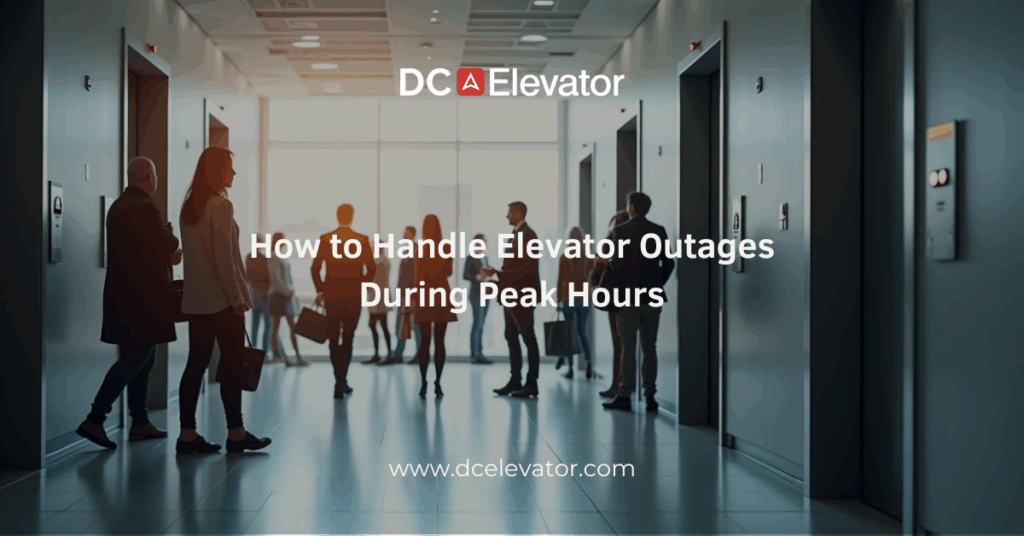Imagine this: it’s Monday morning, your building is buzzing with activity, and suddenly—an elevator goes out of service. Tenants, employees, or visitors are left waiting, frustration builds, and the lobby begins to crowd. For property owners and facility managers, elevator outages during peak hours aren’t just inconvenient—they can disrupt daily operations, create safety concerns, and impact tenant satisfaction. In high-traffic environments such as office towers, hospitals, and residential complexes, having a plan for outages is crucial. This article explores how to effectively manage elevator downtime, minimize disruption, and ensure a safer, more reliable experience for passengers.
Why Elevator Outages Hit Hardest During Peak Hours
During high-traffic periods—such as morning rush, lunchtime, or end of the workday—demand on elevator systems is at its highest. When one or more cars go out of service, wait times increase exponentially, leading to crowded lobbies, delayed operations, and even safety hazards. For tenants, repeated outages can diminish trust in building management and affect retention.
Common Causes of Outages
Understanding why elevators fail during peak hours helps facility managers prepare. Some common reasons include:
-
Overloaded systems – Frequent trips and heavy loads accelerate wear on mechanical parts.
-
Door malfunctions – One of the most common causes of downtime, often linked to high usage.
-
Aging equipment – Older systems are more prone to unplanned failures, especially under stress.
-
Deferred maintenance – Lack of routine inspections can allow small issues to snowball into outages.
Strategies to Manage Elevator Outages
While no building is immune to elevator downtime, proactive measures can significantly reduce disruptions:
1. Create a Peak-Hour Response Plan
Designate staff to manage crowds, direct traffic flow, and provide updates when outages occur. Clear communication reduces frustration and keeps tenants informed.
2. Prioritize Preventive Maintenance
Regular inspections and servicing keep elevator components in top condition, lowering the risk of sudden breakdowns during busy times.
3. Stagger Peak Traffic Where Possible
Encourage tenants or employees to adjust arrival and departure times slightly to distribute demand more evenly across the day.
4. Modernize Critical Systems
If outages are frequent, modernization may be the long-term solution. Upgraded door operators, controllers, and safety systems improve reliability and reduce the likelihood of breakdowns when elevators are most needed.
Balancing Tenant Expectations and Safety
Outages don’t just delay people—they can raise concerns about safety and building efficiency. Quick response, transparency, and long-term planning go a long way in maintaining trust. Proactive communication, paired with reliable elevator service, shows tenants and visitors that management is prioritizing their comfort and safety.
Elevator outages during peak hours may be inevitable from time to time, but with preparation and a proactive approach, their impact can be minimized. From preventive maintenance to modernization, the right strategy ensures that building occupants experience fewer disruptions and greater peace of mind.
If elevator breakdowns are becoming a recurring issue in your building, it may be time to explore whether modernization can reduce downtime and improve reliability. Contact us today for an elevator analysis and learn how we can help keep your systems running smoothly, even during the busiest hours.
